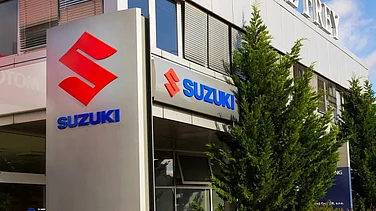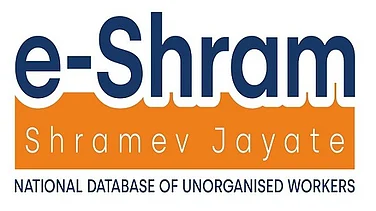
India, France to co-develop 120-kN jet engine for AMCA.
Safran, DRDO partnership ensures 100% technology transfer, $7B project cost.
Move boosts defence self-reliance, aligning with Aatmanirbhar Bharat in defence.
Rajnath Singh highlights tripled domestic production, rising exports to 100 nations.
India is set to collaborate with France aiming to co-develop and manufacture a powerful new jet engine for its indigenous fifth-generation fighter aircraft, under the leadership of Defence Research and Development Organisation (DRDO) and French aerospace major Safran.
This project will mark a major boost for India’s defence self-reliance and deepen an already expansive strategic partnership between New Delhi and Paris.
Speaking to Times of India, senior officials said that DRDO will soon move the proposal to the Cabinet Committee on Security (CCS) for approval. The engine project involves 100% transfer of technology and is aimed at designing, developing, testing, certifying and producing advanced 120-kilonewton engines in India for the twin-engine Advanced Medium Combat Aircraft (AMCA) and future platforms.
According to officials, Safran’s proposal, which has been cleared by DRDO, was found to be the most viable option. The French company already manufactures helicopter engines in India and has been a long-standing partner in the aviation and defence sector. Planned to be executed with DRDO’s Gas Turbine Research Establishment (GTRE), this new engine project is estimated to cost around $7 billion.
Defence Minister Rajnath Singh, addressing The Economic Times World Leaders Forum on Friday, confirmed the impending deal. He said, “We have taken steps forward to build our fifth-generation fighter aircraft. We have also moved towards manufacturing the aircraft’s engine in India itself. We are about to start engine manufacturing work in India with the French company Safran.”
The engine deal comes at a time when India is accelerating its efforts towards indigenous defence capabilities. In May, the Defence Minister approved the prototype design for the AMCA, calling it a “significant step” towards strengthening India’s ability to develop advanced combat aircraft indigenously.
India, one of the world’s largest arms importers, has repeatedly sought to boost domestic production. This decade has already seen the launch of the country’s first indigenous aircraft carrier, new submarines and warships, a long-range hypersonic missile test, and a large helicopter manufacturing facility.
Earlier, the country signed a multi-billion-dollar deal to purchase 26 Rafale Marine jets from France’s Dassault Aviation to replace its Russian MiG-29K fighters, adding to the 36 Rafales already in service with the Indian Air Force.
While addressing the World Leaders Forum, Singh highlighted how India’s defence exports have grown nearly 35 times in the past decade, from just ₹686 crore in 2013-14 to ₹23,622 crore in 2024-25, with Indian defence products now reaching nearly 100 countries. The government has additionally set a target of ₹30,000 crore in exports this year and ₹50,000 crore by 2029.
He also noted that domestic defence production has more than tripled from ₹40,000 crore in 2014 to over ₹1.5 lakh crore in 2024-25, and is projected to touch nearly ₹2 lakh crore this fiscal. Five positive indigenisation lists covering 509 platforms and weapons, along with additional lists by Defence Public Sector Undertakings (DPSUs), will ensure thousands of strategically important items are made only in India.
“Our vision of Aatmanirbharta in defence is not just about reducing imports. It is about creating an ecosystem where Indian industry, public and private, develops world-class capability and emerges as a global supplier of high-quality defence products,” he said.






























